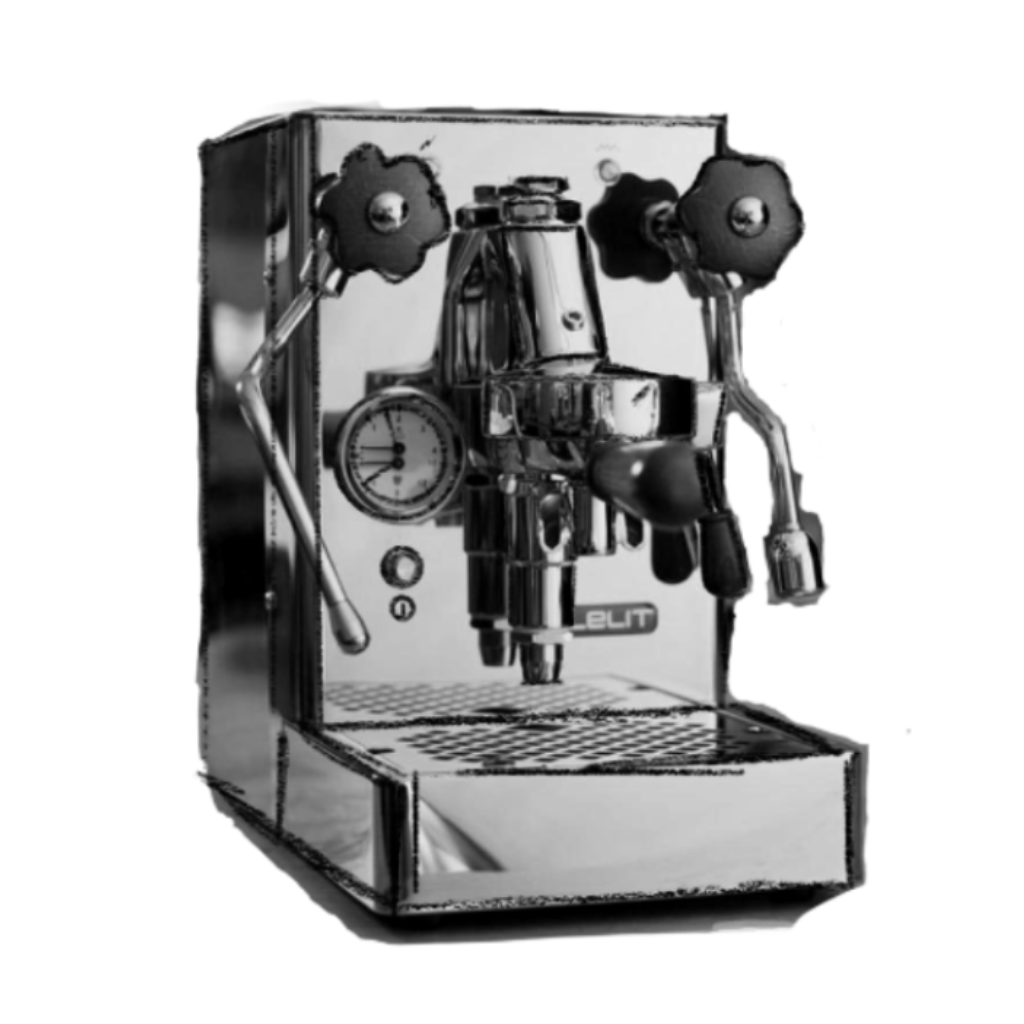What Is An Espresso Machine (2024)

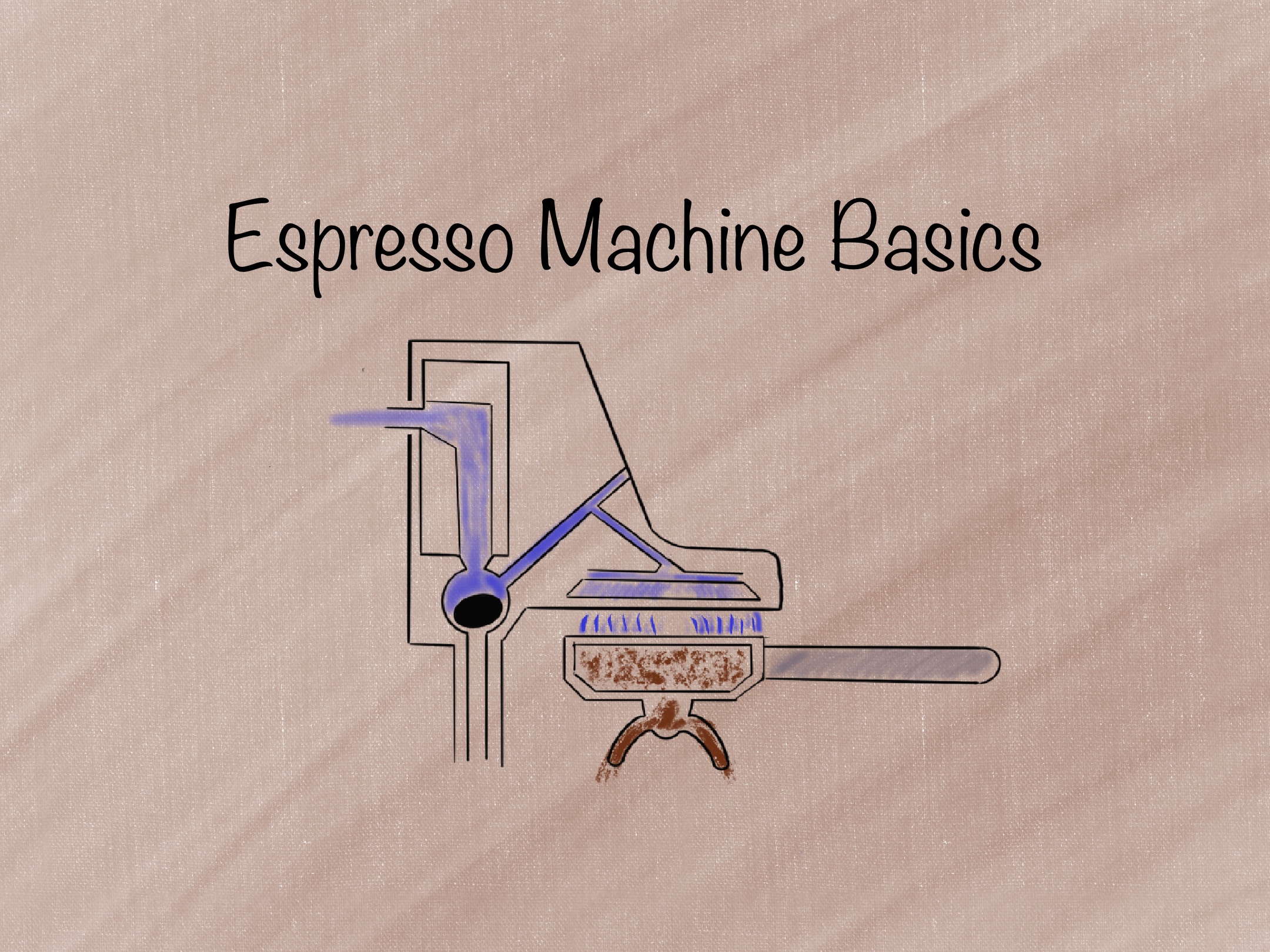
Introduction
Coffee can be brewed in many ways - from Drip to Moka Pot to Cold-Brew. All of these brewing methods expose coffee beans to water for various durations of time. While most brewing methods use hot water to release the flavor and caffeine from the coffee, espresso goes one step further to add highly pressurized hot water to extract unique flavors in as little as 30 seconds. An espresso machine is used to create this environment, providing hot water and high pressure to pull a shot of espresso.
There are many types of espresso machines, each with different features, functions, and price points. This article will explore the primary parts of the espresso machine, the most popular categories of machines on the market, and the considerations you may have when choosing your next home espresso machine.
Table of Contents
What is an Espresso Machine?
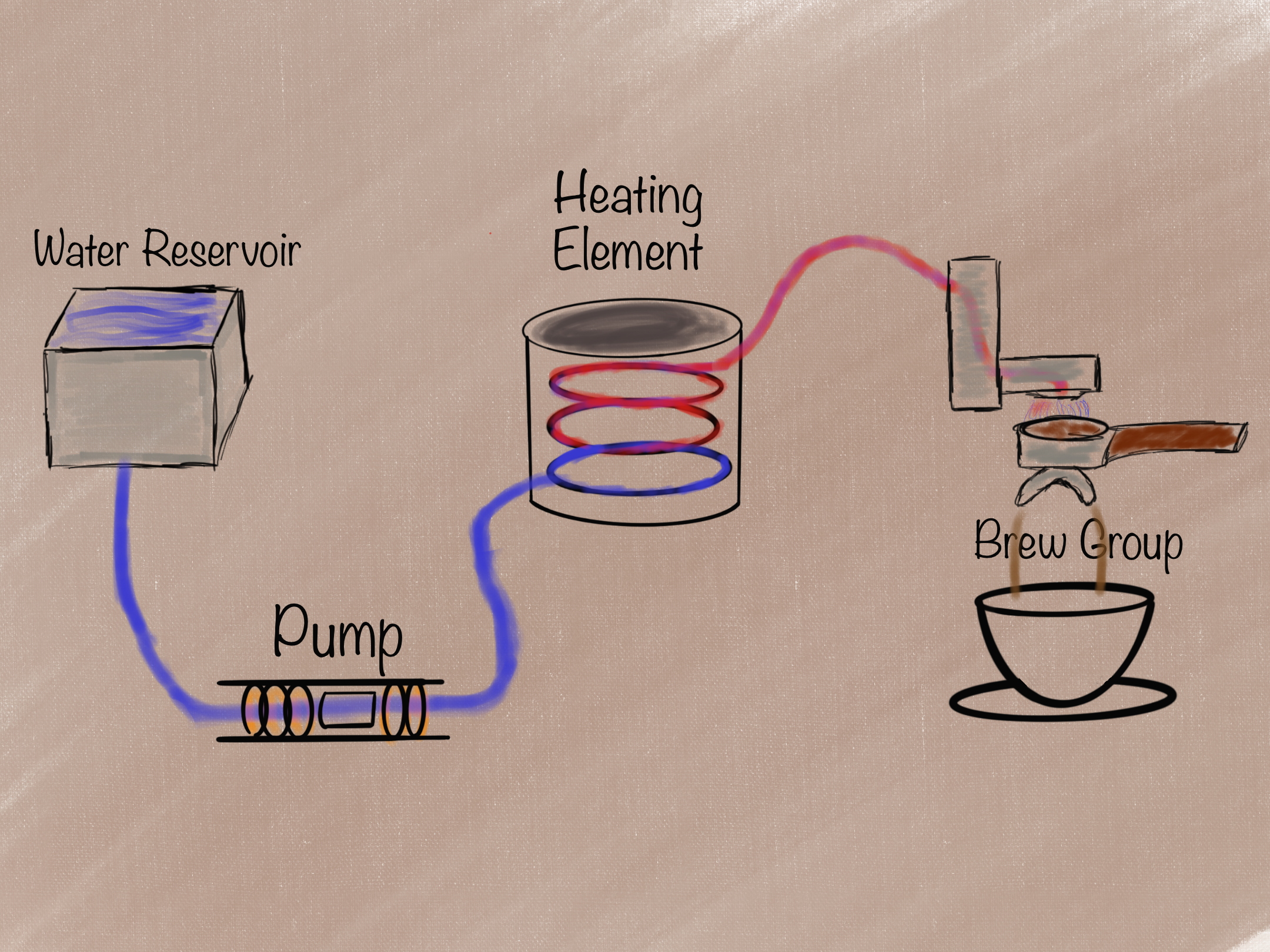
An espresso machine is a small home appliance that creates an environment where hot water interacts with fresh coffee at high pressure. This interaction is called extraction, in which the water is saturated with the flavors and caffeine from the coffee. While there are many variations of the espresso machine, the vast majority include three primary components:
- A pump to push water through the espresso machine.
- A heating element to heat water to the optimal temperature for brewing espresso.
- A brew group that consists of a group head to dispense hot water and a portafilter holding the ground coffee.
The Water Pump
The pump is the engine of the espresso machine. The pump pulls water from the reservoir and pushes it through the heating element and eventually out of the brew group. While manual machines need you to create this pressure via a hand pump or level, automatic machines use built-in pumps to generate pressure. The most common types of automatic pumps are vibratory and rotary.

Vibratory Pump
A vibratory pump is a small pump powered by electromagnetic force. It uses a piston that rapidly moves back and forth to push water from the reservoir through the machine. A magnet is attached to the end of the piston, which is then wrapped by a coil. Electric currents are sent at set equal intervals through the coil, which pushes the magnet and piston at upwards of 60 pulses each second. Vibratory pumps are found in most home espresso machines as they are affordable, easy to replace, and compact.
Rotary Pump
Rotary pumps are the more elaborate and elegant sibling of the vibration pump. While vibratory pumps are electromagnetic, rotary pumps are mechanical. A rotary pump consists of a small circular disc that sits offset inside a larger circular chamber. As the inner disc spins, it goes through expansion and contraction phases. During expansion, water enters the larger chamber from the reservoir; during contraction, it is forced through the boiler and toward the group head.
The Heating Element
Like other brewing methods, espresso requires hot water to extract the caffeine and flavor of the coffee beans into the water. Most espresso machines have a mechanism to heat the water, known as a Heating Element. There are four common heating elements used in espresso machines, each with strengths, constraints, and varying price ranges.
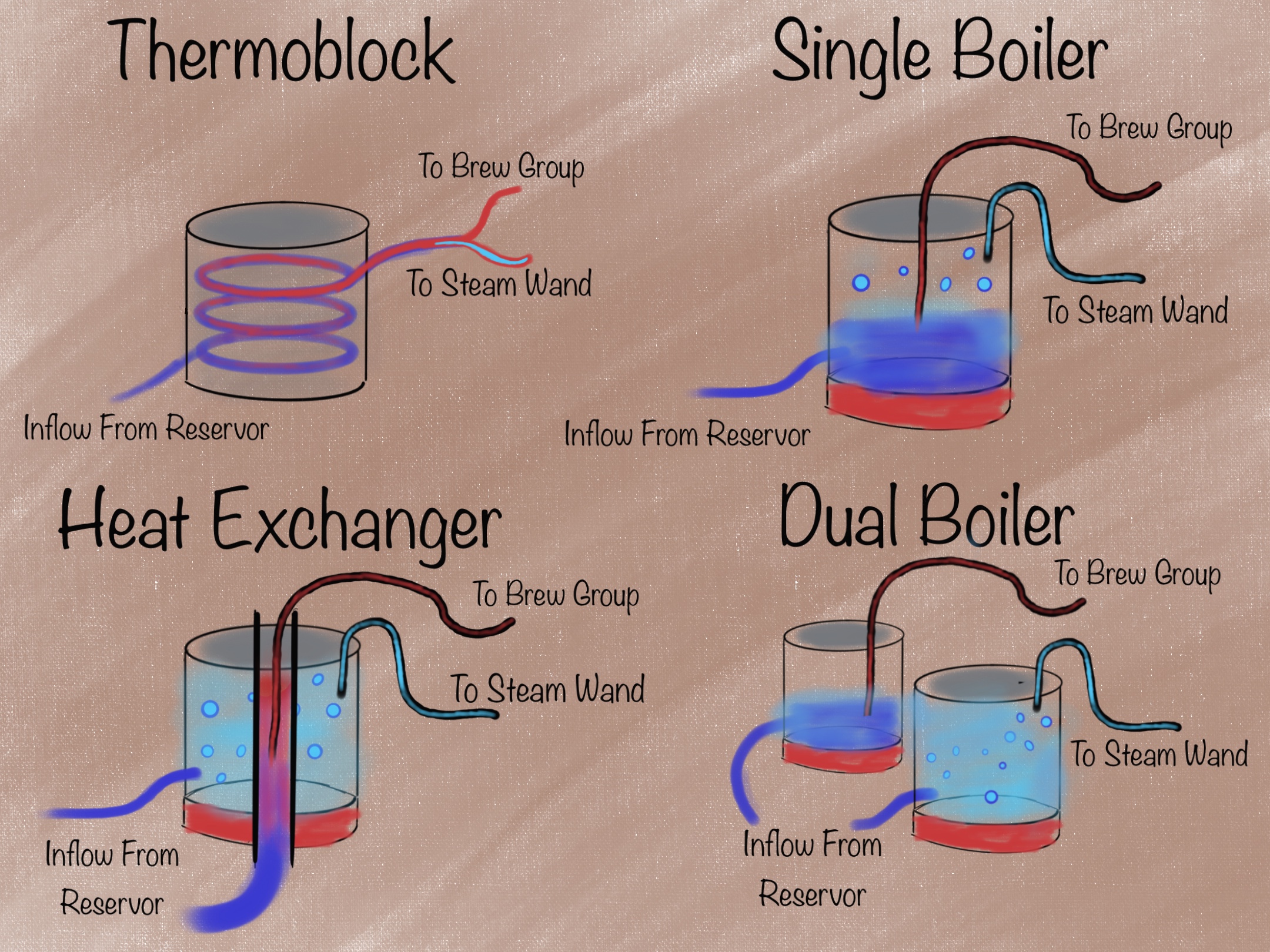
Thermoblock
A thermoblock is a fist-sized piece of superheated metal used to warm small amounts of water rapidly. Embedded in the thermoblock is a coil in which water pumped from the reservoir flows through on its way to the group head. The water traveling through the thermoblock is flash-heated to the optimal brew or steam temperature. While thermoblocks have historically been used for entry-level machines, recent innovations have led to higher-end machines using thermoblocks as the primary heating element or in combination with a dedicated boiler. Our favorite thermoblock machines include the Breville Bambino Plus and the Ascaso DUO PID.
Single Boiler
Single boiler (SB) espresso machines are one of the most reliable and straightforward heating elements. SB machines have one self-contained boiler that heats water for brewing and steaming. This design is compact and affordable. The most significant limitation of SB machines is that one boiler must supply the hot water for brewing and the steam for texturing milk, meaning that the boiler must heat up or cool down depending on the current function. If you rarely make milk drinks or are tight on space - a single boiler machine may be right for you. Some of our favorite SB machines include the Profitec Go and ECM Classika PID.
Heat Exchanger
Heat Exchangers (HX) are a modern take on the single boiler. HX machines have a single boiler that always keeps water at steaming temperatures. A pipe that leads from the water reservoir up to the group head runs through the steam boiler. When pulling a shot of espresso, cool water from the reservoir is pumped through this pipe and flash heated by the residual heat of the surrounding steam boiler. This design allows for many of the benefits of a Dual Boiler at a more affordable price point. Some of our favorite heat exchanger machines include the Profitec Pro 400 and the Rocket Appartamento.
Dual Boiler
Dual Boiler (DB) machines are the premium standard for espresso machines. Dual boiler machines have two boilers—one for brewing and one for steaming. Many DB machines offer temperature control for both boilers so you can individually tune your water for extraction and steam. In addition, two boilers mean you can make multiple shots in rapid succession and steam milk all at the same time.
While dual boiler machines offer the most functionality, they also have the highest price tag. DB machines are reserved for higher-end espresso machines and often have the largest physical footprint and power consumption. In addition, dual boilers often have longer heat-up times as they must boil nearly twice as much water as Single Boiler or Heat Exchanger designs. If you can afford the cost and space, dual boilers are a fantastic choice for powerful steam and temperature-controlled shots on demand. Some of our favorite dual boiler machines include the Rancilio Silvia Pro X, the The Profitec Pro 600, and the Lelit Bianca.
The Brew Group

Components
The brew group is the centerpiece of an espresso machine and is the component that pushes hot water through the coffee for extraction. While brew groups come in many sizes and configurations, they all follow the same principles. When the espresso machine is activated, the water warmed by the heating element is pumped into the group head and pushed through a diffusion plate known as a shower screen.
Portafilter
A portafilter—literally a hand-held portable filter—holds the ground coffee and locks into the group head underneath the shower screen. As water flows out of the shower screen and into the portafilter, the finely-ground coffee creates resistance and, therefore, pressure to pull a shot of espresso. The best espresso is brewed at "9 bar" pressure—nine times the pressure in our atmosphere. Espresso brewed at the correct pressure flows out of the portafilter in a consistency similar to syrup. It results in a shot full of complex flavors ranging from fruity and floral to sweet and nutty.
Manual Espresso Machines
The manual espresso machine is the most bare-bones machine category on the market. Manual machines are often designed with only a group head for extraction and a human-powered mechanism for creating pressure, such as a lever or hand pump. The majority of manual machines require an external source of hot water and a dedicated coffee grinder. They rarely include a steam wand or hot-water dispenser for making milk drinks or americanos.
While manual machines are more stripped-down than their powered equivalents, they are far from beginner-friendly. In fact, most manual espresso machines require a high degree of skill to control the extraction process and are less forgiving than automatic espresso machines. However, with a little trial and error, manual machines are capable of extracting world-class espresso at a fraction of the cost of semi-automatic or super-automatic machines.

How much do manual espresso machines cost?
Manual machines are among the most affordable options for making espresso at home, ranging from $100 to $1,000. Entry-level manual machines such as the Flair Neo are often made of plastic and have minimal features. More expensive manual machines, such as the Flair 58 or the Odyssey Argos have a built-in pressure gauge and even app connectivity for measuring extraction time and brew temperature.
How big are manual espresso machines?
Manual machines have a small physical footprint because they rarely have integrated water reservoirs, heating elements, or powered pumps. They’re also light, so they can easily be stored in your pantry or kitchen cabinet. No external power source means you can even bring your manual machine along in your camping kit! On average, manual machines weigh between 2 and 4 kilograms.
Is a manual espresso machine right for me?
If you are looking for an affordable way to make delicious espresso at home, then a manual machine may be right for you. Manual machines provide high control over the extraction process without using complex technology or external power.
Semi-Automatic Espresso Machines
The semi-automatic espresso machine is the most common type on the market. Semi-auto machines almost always include a built-in heating element and pump. In addition, most semi-automatic machines have other standard features, such as steam wands for creating milk drinks and hot water for americanos.
Semi-automatic machines strike a balance between manual and super-automatic machines, providing tools to assist in brewing without sacrificing control over the extraction process. While some semi-automatic machines include integrated coffee grinders and 'hands-free' milk texturing, the majority require a dedicated grinder and some level of interaction to make milk drinks, such as a cappuccino or latte.

How much do semi-automatic espresso machines cost?
Semi-automatic espresso machines cover the broadest price range, starting at $350 and climbing to over $7,500. Entry-level semi-auto machines such as the Breville Bambino often use affordable heating elements such as a thermoblock and have limited features for fine-tuning the shot of espresso. They come with smaller water reservoirs, limiting the number of back-to-back drinks you can make. Premium options such as the Lelit Bianca or La Marzocco Linea Mini come with robust dual boilers and are packed with premium features such as boiler temperature control, brew, and steam pressure gauges, and even mechanisms to control the water flow-rate through the coffee. While these features allow ultimate control over your espresso shot-after-shot, they are not required to make a delicious cup of coffee.
How big are semi-automatic espresso machines?
Semi-automatic machines vary in size according to their features and design. Entry-level machines with smaller water reservoirs can mirror their manual equivalents, weighing between 3 and 6 kilograms. Many mid-tier machines are designed to fit under kitchen counters and weigh between 8 and 16 kilograms. Premium-tier machines are often built of thick steel and have sizeable dual boiler designs. These machines often need a dedicated island or kitchen counter and can weigh between 20 and 45 kilograms.
Is a semi-automatic espresso machine right for me?
If you are looking for an espresso machine that grows with you on your home espresso journey, then a semi-automatic machine may be right for you. With just a little calibration, you can make delicious espresso and milk-based drinks for you, your family, and everyone you entertain.
Super-Automatic Espresso Machines
Super-automatic or fully-automatic espresso machines comprise a large part of the home-espresso market and are often advertised as 'one machine to do it all.' Super-automatic machines automate the process, from grinding the coffee beans to tamping the espresso puck, extracting the coffee, and even texturing the milk for a mocha or macchiato.
Super-automatic espresso machines are extremely beginner friendly and reduce the need for other tools, such as dedicated espresso grinders. While these machines often have the lowest barrier to entry, they also have the lowest ceiling for making good espresso. If you are looking for a straightforward machine that can replace your daily Starbucks order and don't mind sacrificing a bit of quality, a super-automatic machine may be the best option.
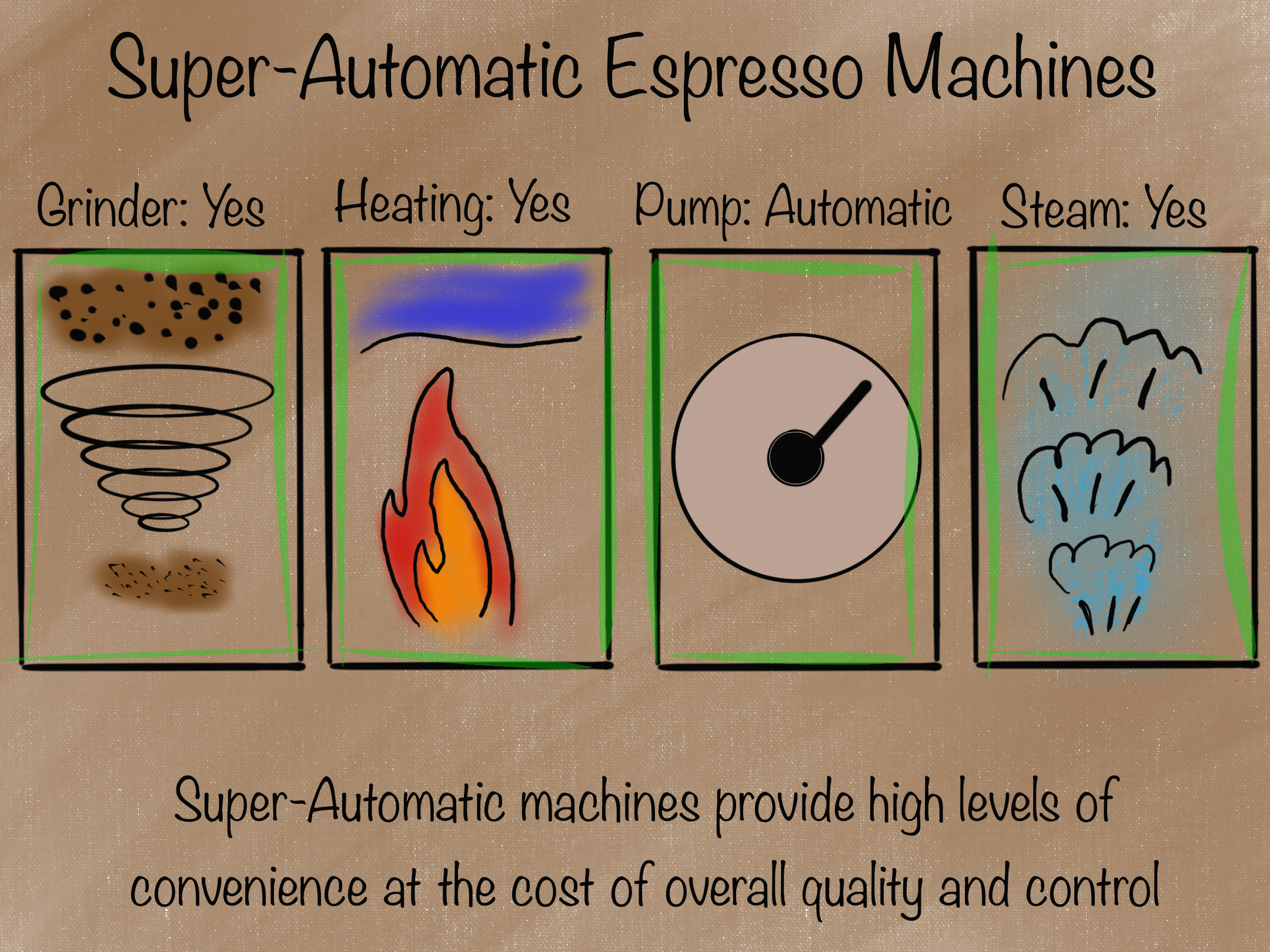
How much do super-automatic espresso machines cost?
Like semi-automatic machines, super-autos cover a wide range of prices, from $400 to $4,000. The primary difference between semi-automatic and super-automatic machines is what you get for the price. While semi-automatic machines focus on features to perfectly tune the shot of espresso, super-automatic machines prioritize quality-of-life improvements such as the number of preset-drink options, touchscreen size and resolution, and ability to steam alternate types of milk.
Entry-level super-automatic machines are usually made of plastic and offer limited preset drinks such as espresso and latte. In addition, entry-level machines also require an external container to hold the milk that is then piped in during the brewing process. Higher-tier super-automatic machines are made of higher-quality plastics or metals and can create a more comprehensive array of espresso drinks. In addition, these higher-end machines often have integrated reservoirs for milk and water.
How big are super-automatic espresso machines?
Similar to their semi-auto counterparts, super-automatic machines vary in size based on features and design. However, super-automatic machines prioritize convenience in a home kitchen and are therefore smaller and lighter than semi-automatic espresso machines. The vast majority of super-automatic machines are designed to fit underneath a standard kitchen counter and almost always weigh less than 20 kilograms.
Is a super-automatic espresso machine right for me?
If you are looking for a machine that makes espresso right out of the box with little to no tinkering, then a super-automatic espresso machine may be the right pick for you. Super-automatic machines are a great way to bring your lattes home without diving headfirst into the world of specialty espresso.
The Final Sip
Espresso machines have existed for hundreds of years, and in that time, thousands of new machines have been invented to meet different needs and requirements. At its core, an espresso machine uses hot water and pressure to extract the delicious flavor and caffeine from ground coffee. While all espresso machines have a brew group and pump, the vast majority provide internal mechanisms to heat and push the water through the portafilter at 9 bar pressure.
What espresso machine is best for you depends on your price point, size preferences, and expected usage. Now that you know what an espresso machine is and how it works, you can make an informed decision on what machine best fits your needs.
